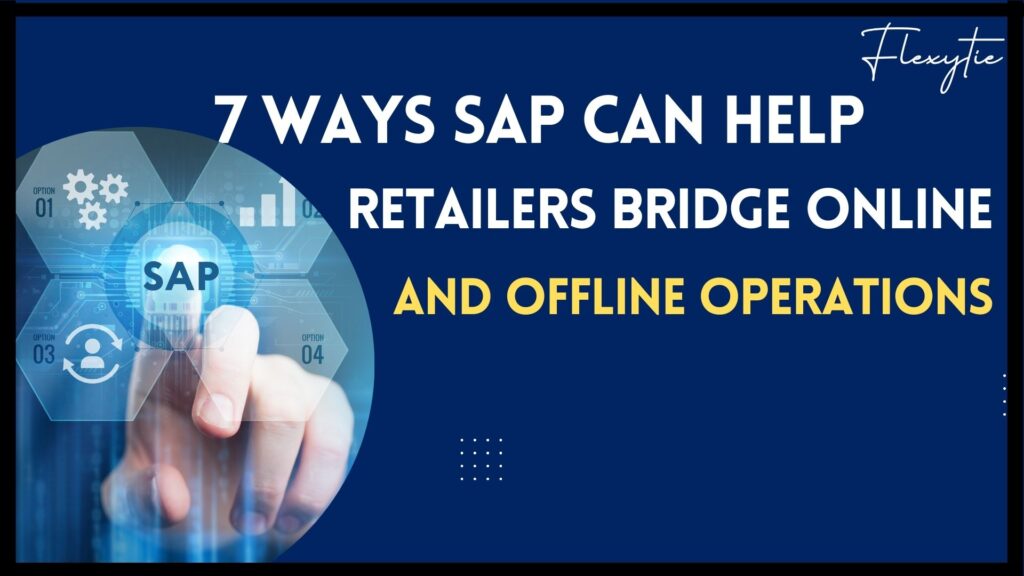Table of Contents Show
Retail operations face growing complexity in managing both physical stores and online channels. Modern customers expect seamless shopping experiences, whether browsing online, purchasing in-store, or vice versa. SAP offers specific tools to unify these operations. The right SAP implementation can transform disconnected retail channels into one cohesive operation. Here’s how retailers can use SAP to create truly integrated shopping experiences.
1. Cross-Channel Order Management
SAP streamlines order processing regardless of purchase channel. Customers can buy online and pick up in-store, return online purchases to physical locations, or order out-of-stock items for home delivery while shopping in-store. The system tracks order status across channels and automatically updates inventory. This flexibility meets customer expectations for convenient shopping options.
2. Mobile POS Integration
Store associates use mobile devices connected to SAP for clienteling and checkout. They can look up product details, check other store inventories, and process payments anywhere in the store. This mobility bridges the gap between traditional retail service and digital convenience. Staff can also help customers place online orders for home delivery right from the sales floor.
3. Unified Inventory Management
SAP connects inventory data across all channels in real-time. Store managers see exactly what’s available online, while e-commerce systems know precise store stock levels. This visibility prevents overselling and enables smart stock allocation. When a store runs low on an item, the system can automatically trigger transfers from locations with excess inventory. Real-time tracking also supports accurate “available to promise” dates for customer orders.
4. Price and Promotion Consistency
Pricing updates deploy simultaneously across all channels. Store displays, point-of-sale systems, and e-commerce platforms stay synchronized. SAP handles complex promotional rules consistently, whether customers shop online or in stores. This eliminates customer confusion and complaints about price mismatches between channels.
5. Analytics and Reporting
SAP provides unified reporting across all sales channels. Retailers can analyze customer behavior across online and offline touchpoints. The system reveals patterns like online research leading to in-store purchases. These insights help optimize inventory placement, staffing levels, and marketing spend across channels.
6. Loyalty Program Management
SAP unifies loyalty programs across all shopping channels. Customers earn and redeem points consistently whether shopping online or in stores. The system tracks rewards status in real-time and pushes relevant offers to customers through their preferred channels. This integration encourages customers to engage across multiple touchpoints.
7. Integrated Customer Data
Customer information flows seamlessly between online and offline touchpoints. Store associates can access online purchase history, while digital channels reflect in-store interactions. This complete view helps personalize service across channels. Sales staff can see online wishlist items when customers visit stores. Marketing teams can target campaigns based on both online browsing and physical store visits.
Final Thoughts
Creating a seamless retail experience requires careful planning and expert implementation. Each business has unique requirements and challenges in connecting online and offline operations. At Flexytie, we specialize in customizing SAP solutions for retail environments. Our team helps retailers implement these integration features effectively, ensuring smooth operations across all channels. Whether you’re just starting your omnichannel journey or looking to optimize existing systems, we can help you maximize the value of your SAP investment. Let’s talk.

